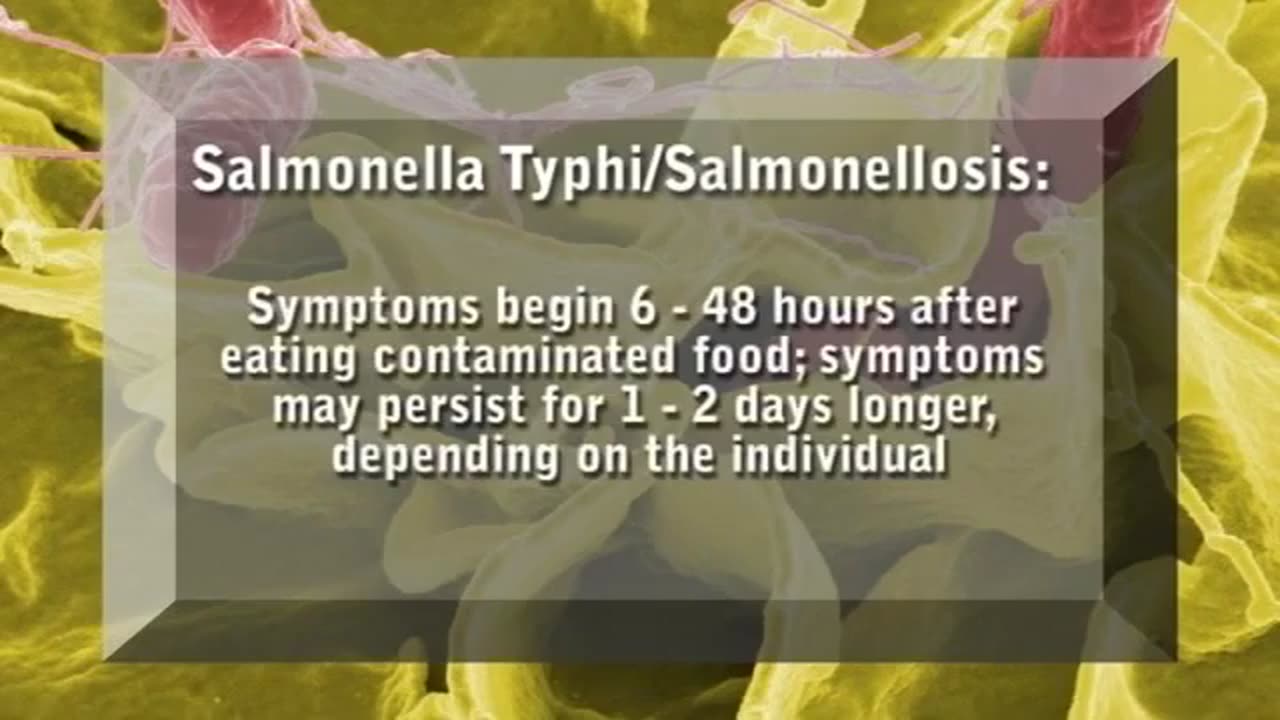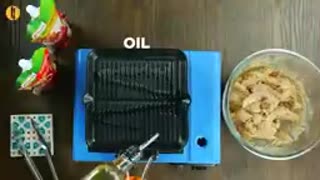Premium Only Content

Food Handler Training Course_ Part 6
### **Food Handler Training Course (Part 6) – Temperature Control**
Temperature control is critical in food safety to prevent the growth of harmful bacteria and keep food safe for consumption. As a food handler, understanding and maintaining proper temperatures during food storage, preparation, cooking, and service is essential.
---
### **Objectives of Part 6**
1. Understand the importance of temperature control in food safety.
2. Learn safe temperature ranges for food storage, cooking, and serving.
3. Recognize best practices for monitoring and maintaining temperatures.
---
### **Why Temperature Control is Important**
1. **Prevents Bacterial Growth:**
- Most bacteria grow rapidly between **5°C (41°F) and 63°C (145°F)**, known as the **Danger Zone**.
2. **Reduces Foodborne Illness Risks:**
- Proper temperature control kills or inhibits the growth of pathogens like Salmonella, E. coli, and Listeria.
3. **Extends Food Shelf Life:**
- Maintaining proper temperatures slows spoilage and preserves food quality.
---
### **Key Temperature Guidelines**
#### **1. The Danger Zone**
- Keep foods out of the Danger Zone (**5°C to 63°C or 41°F to 145°F**) as much as possible.
#### **2. Cold Storage**
- **Refrigeration:** Store perishable foods at **0°C to 5°C (32°F to 41°F)**.
- **Freezing:** Store frozen foods at **-18°C (0°F)** or lower.
#### **3. Hot Holding**
- Keep cooked food hot at **63°C (145°F)** or higher until served.
#### **4. Cooking Temperatures**
- Cook foods to their minimum internal temperatures to kill harmful bacteria:
- **Poultry:** 75°C (165°F).
- **Ground meats (e.g., beef, pork):** 70°C (160°F).
- **Fish and seafood:** 63°C (145°F).
- **Reheated foods:** 75°C (165°F).
#### **5. Cooling Hot Foods**
- Cool hot foods quickly to below **5°C (41°F)** to prevent bacterial growth:
- From **63°C to 21°C (145°F to 70°F)** within 2 hours.
- From **21°C to 5°C (70°F to 41°F)** within the next 4 hours.
---
### **Monitoring and Maintaining Temperatures**
#### **1. Use a Food Thermometer**
- Always use a calibrated thermometer to check food temperatures during cooking, holding, and storage.
- Insert the thermometer into the thickest part of the food, avoiding bones or fat.
#### **2. Check Equipment Temperatures**
- Regularly monitor and record the temperatures of refrigerators, freezers, and hot holding equipment.
#### **3. Keep Accurate Records**
- Maintain a log of temperature checks to ensure compliance with food safety standards.
#### **4. Avoid Overloading Storage Units**
- Overloading fridges and freezers can block air circulation and result in uneven cooling.
---
### **Best Practices for Temperature Control**
#### **1. Thawing Foods Safely**
- **Refrigerator Thawing:** Thaw foods in the refrigerator at 5°C (41°F) or lower.
- **Cold Water Thawing:** Submerge food in cold water, changing the water every 30 minutes.
- **Microwave Thawing:** Use for immediate cooking.
#### **2. Avoid Time-Temperature Abuse**
- Minimize the time food spends in the Danger Zone.
- Never leave perishable foods out of temperature control for more than **2 hours (1 hour in hot conditions).**
#### **3. Use Proper Storage Practices**
- Label and date foods to ensure they are used within their safe storage periods.
- Rotate stock using the **FIFO (First In, First Out)** system.
---
### **Common Mistakes to Avoid**
1. **Not Checking Temperatures Regularly:**
- Failing to monitor food and equipment temperatures can lead to unsafe conditions.
2. **Cooling Foods Improperly:**
- Allowing hot foods to cool at room temperature increases the risk of bacterial growth.
3. **Thawing Foods Incorrectly:**
- Thawing foods on countertops exposes them to the Danger Zone.
4. **Reheating Food Insufficiently:**
- Failing to reheat food to the required temperature can leave harmful bacteria alive.
---
### **Temperature Danger Zone Example**
**Scenario:**
A batch of cooked chicken is left at room temperature for 3 hours before refrigeration.
- **Risk:** The chicken has spent too long in the Danger Zone, allowing bacteria to multiply.
- **Solution:** Cool the chicken rapidly and refrigerate it within 2 hours of cooking.
---
### **Tips for Success**
- Post temperature guidelines and charts in visible areas for staff reference.
- Train all employees on the importance of temperature control and how to use thermometers.
- Conduct routine inspections to ensure compliance with temperature safety standards.
---
### **Conclusion**
Temperature control is a cornerstone of food safety. By understanding and adhering to safe temperature ranges, food handlers can significantly reduce the risk of foodborne illnesses and maintain the quality of food.
---
Would you like to proceed to **Part 7: Allergen Management** or revisit any previous topics?
-
 1:35
1:35
HSESafetyInformation
8 months agoMutton Chops two ways- baked & grilled Recipe by Food Fusion (Eid Recipe)
75 -
 2:32:46
2:32:46
megimu32
6 hours agoOn The Subject: Why K-Pop Demon Hunters Feels Like 90s Disney Again
30.1K9 -
 1:38:28
1:38:28
Glenn Greenwald
9 hours agoThe Fraudulent GOP War Against Tucker and Nick Fuentes; Dick Cheney: Hero of the Resistance; Lindsey Graham's Deranged RJC Comments | SYSTEM UPDATE #544
108K115 -
 LIVE
LIVE
ThePope_Live
4 hours agoRedsack with the boys Cheap, Jah and Nova!
888 watching -
 LIVE
LIVE
Hernandez2787
8 hours agoArc Raiders - 1st Playthrough/ Celebrating My Anniversary as Sergeant First Class in the US Army
59 watching -
 48:42
48:42
Donald Trump Jr.
9 hours agoCommunism vs Common Sense, What's Next for NYC? | TRIGGERED Ep.289
146K283 -

JahBlessCreates
4 hours ago🎉Lil Music Ting
7.2K5 -
 1:31:25
1:31:25
The Charlie Kirk Show
8 hours agoTHOUGHTCRIME Ep. 104 — Post-Election Palette Cleanser + Tucker/Fuentes Interview Reaction
107K45 -
 4:22:59
4:22:59
tminnzy
7 hours agoSmooth Moves Only 💨 | Naraka: Bladepoint Chill Gameplay | !gx
34.8K5 -
 1:04:33
1:04:33
BonginoReport
9 hours agoWill The LA Dodgers Dodge WH Visit?! - Nightly Scroll w/ Hayley Caronia (Ep.172) - 11/06/2025
67.4K80